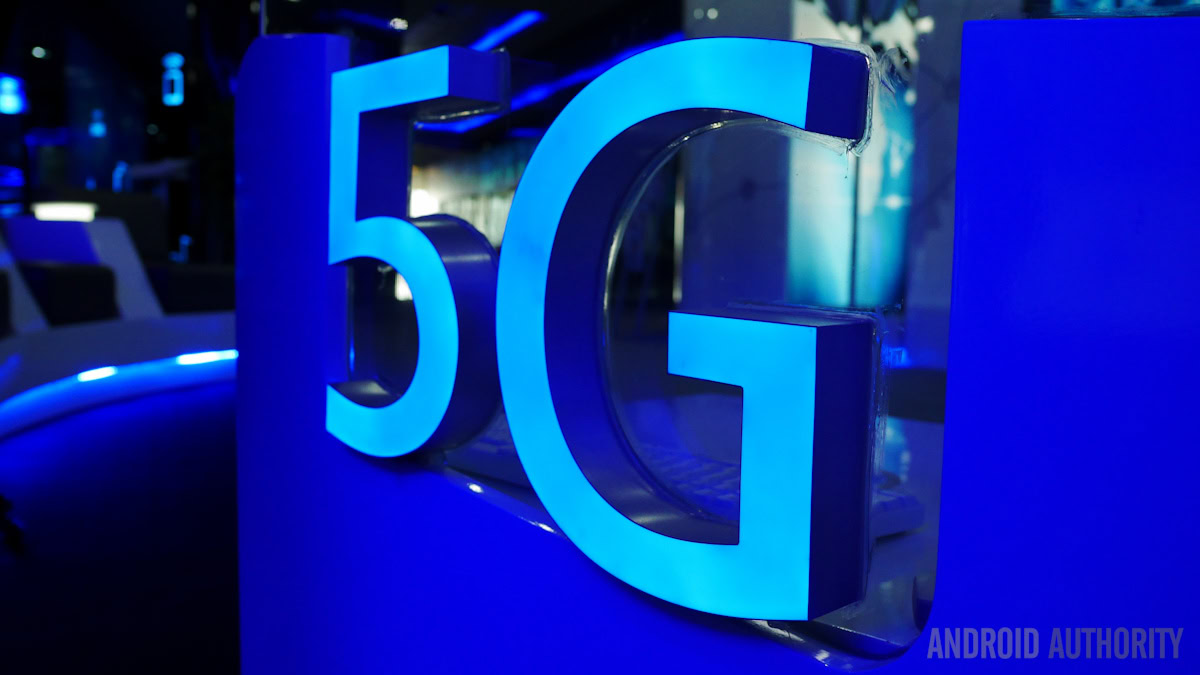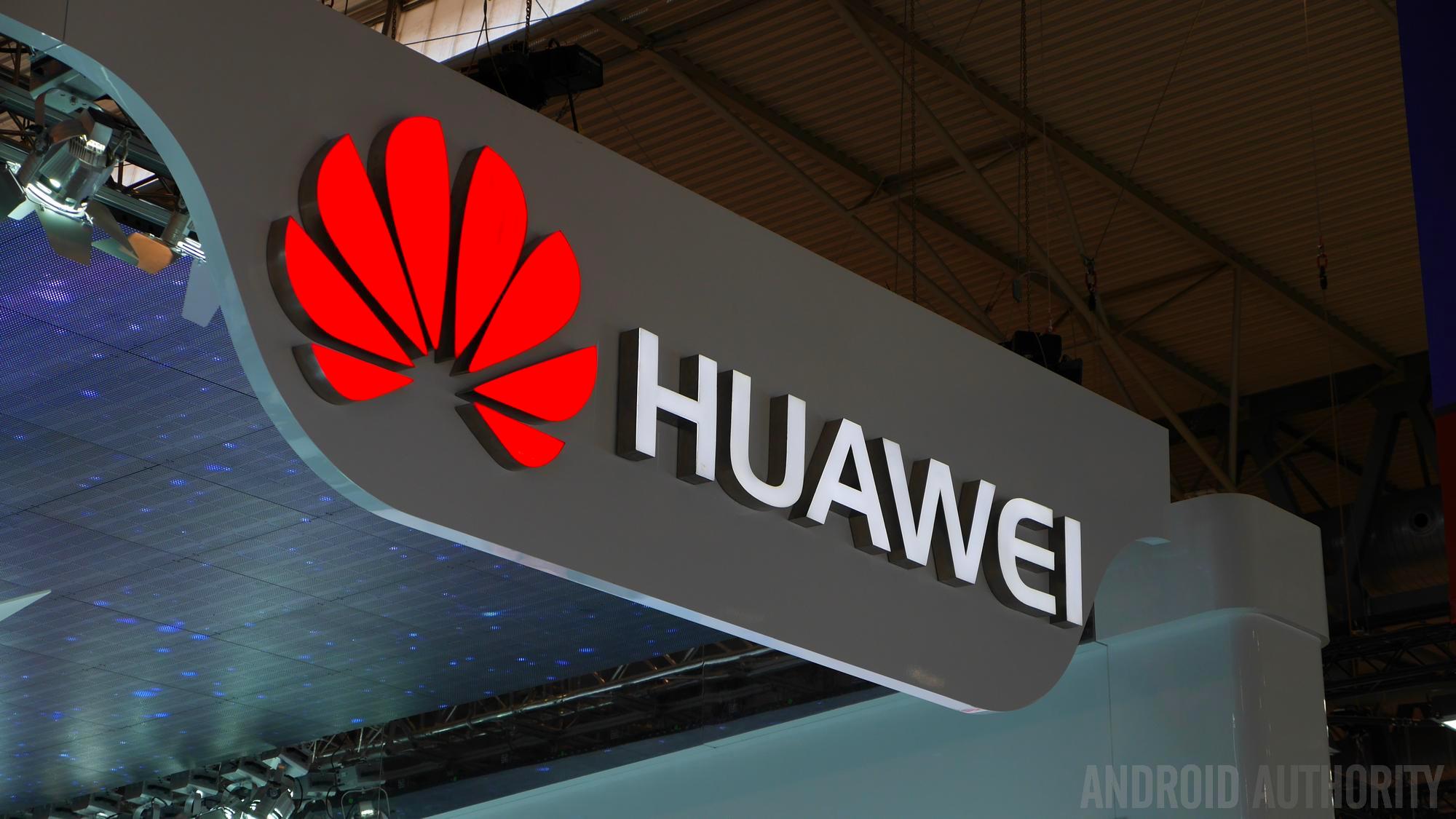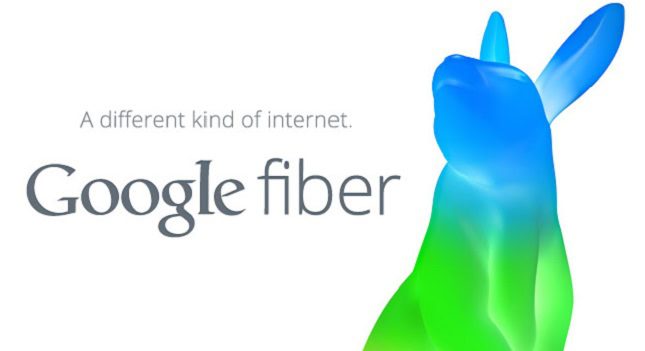Affiliate links on Android Authority may earn us a commission. Learn more.
HUAWEI and NTT DOCOMO reach 3.6 Gbps data speeds in first large-scale 5G trials
October 10, 2015

4G speeds have changed everything for mobile users. LTE is often faster than your average home connection, something that continues to impress most people. The industry sure isn’t stopping there, though. We are moving fast and Japan aims to bring 5G speeds to its citizens soon. What does 5G exactly entail, though?
While we think we are happy enough with our 4G LTE blazing data, what 5G is set to offer is really something we can’t quite grasp yet. We may think – sure, higher data speeds… but those who have been keeping up with the development of 5G technology will know the improvement between 4G and 5G will be colossal.

Huawei and NTT DOCOMO have recently partnered to test 5G wireless data at a large scale, using sub-6GHz bands. It’s a very special occurrence, given that the whole test was done in a public place, unlike previous experiments, which are usually conducted in a lab.
After putting advanced 5G technology to work and running all the trials, HUAWEI and Japan’s largest carrier managed to reach peak speeds of 3.6 Gbps. To put that into perspective, Open Signal’s data shows that the fastest average 4G LTE speeds come from Spain at 18 Mbps. This would make these 5G speeds about 200 faster than current networks can handle!
Also worth noting is that currently one of the best options for home (not wireless) internet is Google Fiber, which offers 1 Gbps. And those are speeds we are already impressed by. Now multiply that by 3.6 and make it wireless – the future looks very promising!

HUAWEI is really pushing 5G and aims start launching its first network pilots by 2018. Interoperability testing would continue in 2019, with a commercial launch coming in 2020. I don’t know about you guys, but I am definitely waiting for my share of 5G.
The only question left is – what would we do with so much data availability? While services keep evolving, I doubt they can transform quick enough to really warrant a need for 3.6 Gbps on a smartphone. Maybe if you want to download 4K content in a jiffy. Hit the comments and let us know how a 3.6 Gbps would benefit you!